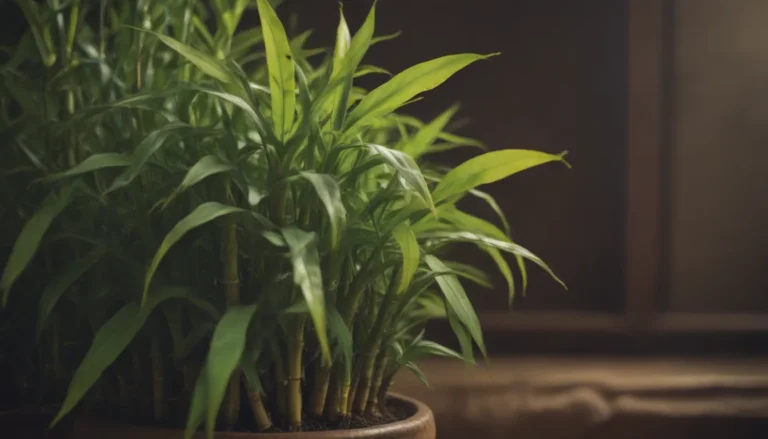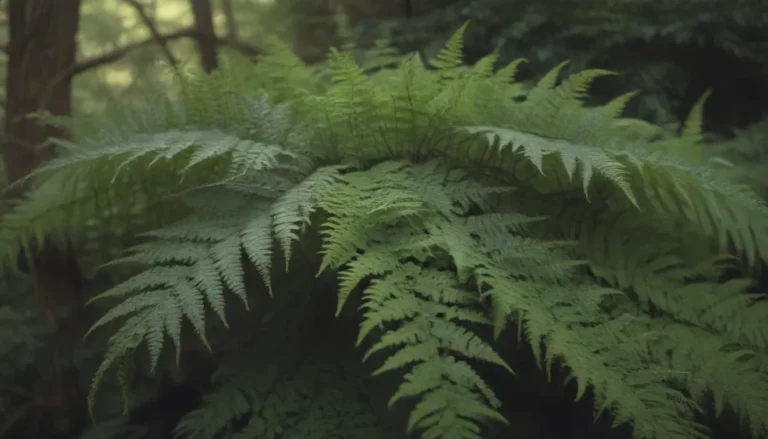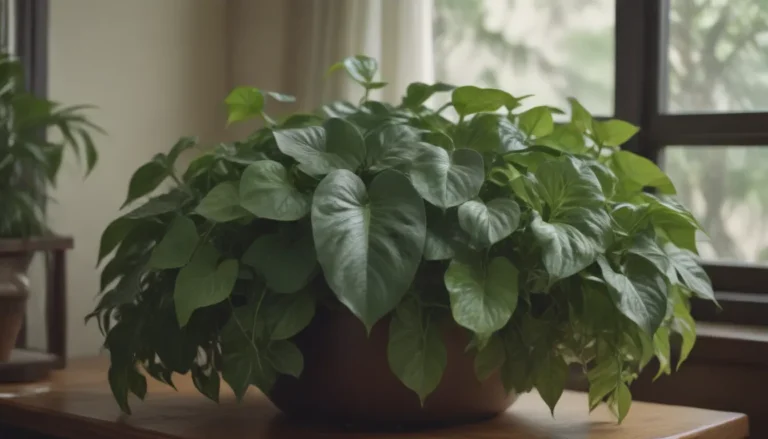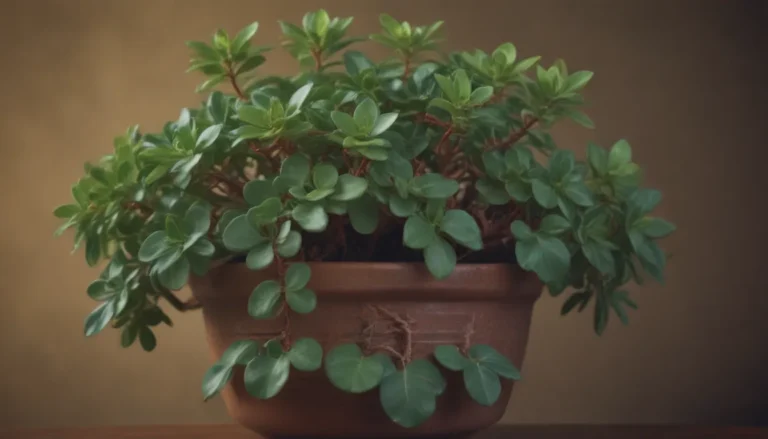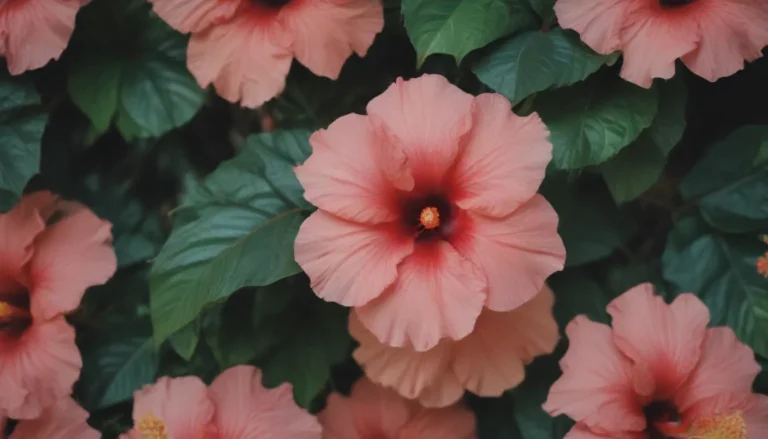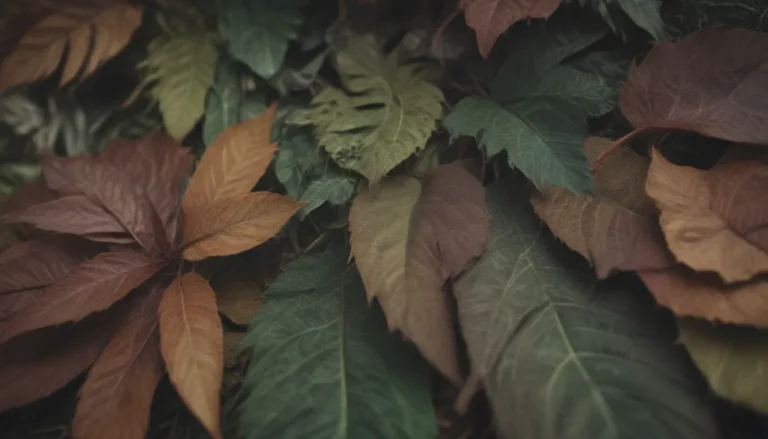Everything You Need to Know About Growing and Caring for Carpetgrass

If you’re looking for a tough, mat-forming warm-season perennial grass that can thrive in challenging conditions, then carpetgrass might be the perfect choice for you. Commonly used in the Gulf states of the southeastern U.S., carpetgrass is ideal for areas where traditional grasses struggle to grow such as boggy or shady spots with poor soil quality.
Why Choose Carpetgrass?
Carpetgrass might not give you a lush, thick lawn, but it excels in warm, shady, infertile environments where other grass species might fail. However, there are a few things to keep in mind when growing and caring for carpetgrass to ensure your lawn looks its best.
Carpetgrass Care Tips:
- Frequent Mowing: Carpetgrass is fast-growing, which means you’ll need to mow it weekly during the summer to maintain a neat appearance.
- Minimal Care: Unlike some other grasses, carpetgrass requires little maintenance and even fertilizing is optional.
- Light Requirements: Carpetgrass thrives in partial shade but can also tolerate full sun if the soil is kept moist.
- Soil Preferences: It prefers moist, ordinary soil and can cope with different pH levels, although it thrives in slightly acidic conditions.
Light Requirements:
- Carpetgrass grows well in areas under thick tree coverage or in shady spots.
- It can tolerate partial shade and even full shade if necessary.
- Ensure the soil stays moist for optimal growth.
Soil Preferences:
- Carpetgrass does well in infertile soils where other grasses struggle.
- It can tolerate a range of soil pH levels but prefers slightly acidic conditions.
Watering Needs:
- Keep the soil moist (but not wet) for carpetgrass.
- Regular watering is essential in dry soils and sunny conditions.
- Avoid standing water for extended periods to prevent damage.
Temperature and Humidity:
- Carpetgrass thrives in warm, humid climates like the Gulf Coast.
- Preferred temperatures range between 60 to 80 degrees Fahrenheit during the growing season.
- Frost can damage carpetgrass, so protect it during colder weather.
Fertilizing:
- Carpetgrass thrives in infertile soils and doesn’t require regular fertilization.
- A light application of balanced fertilizer can help establish new growth quickly.
- Some gardeners apply occasional nitrogen fertilizer for well-mowed grass.
Types of Carpetgrass
There are various species of carpetgrass, but only two are commonly used for landscaping:
– Broadleaf Carpetgrass (Axonopus compressus)
– Narrowleaf Carpetgrass (Axonopus fissifolius)
Narrowleaf carpetgrass is less aggressive than broadleaf but still spreads quickly. Prevent it from encroaching on unwanted areas by regular maintenance.
Pruning Tips
Regular mowing is essential for carpetgrass to prevent the development of unsightly seed heads. Mow every week during the growth season to maintain a tidy appearance and prevent spreading to unwanted areas.
Propagating Carpetgrass
Carpetgrass can be propagated easily from rhizomatous roots. Follow these steps to grow carpetgrass from seed:
1. Wait for warmer spring weather.
2. Till the soil to make it loose and smooth.
3. Scatter seeds over the soil and lightly rake for optimal coverage.
4. Keep the soil consistently moist for two weeks during germination.
5. Water weekly for the next two months until the seedlings are established.
Common Pests & Plant Diseases
Carpetgrass is susceptible to soilborne diseases like brown patch and Pythium. White grubs and mole crickets can also damage the grass. Treat pests with targeted pesticides as needed.
Common Problems with Carpetgrass
– Invasive Nature: Carpetgrass spreads easily so take precautions to prevent it from encroaching on undesired areas.
– Weed Control: While carpetgrass can resist some weeds, it’s not immune to infiltration. Use targeted herbicides for effective weed control.
– Burned Patches: Frost can cause damage, but the grass usually recovers. Maintain your carpetgrass lawn in shaded or moist areas for optimal growth.
In summary, carpetgrass is a resilient, low-maintenance option for challenging landscapes. With the right care and maintenance, you can enjoy a beautiful, thriving lawn that withstands various conditions. Whether you’re looking for a grass that thrives in shade or struggles with poor soil quality, consider carpetgrass as a viable solution for your landscaping needs.
By following these tips and guidelines, you can cultivate a vibrant carpetgrass lawn that enhances the beauty of your outdoor space. So get ready to transform your garden with the resilience and beauty of carpetgrass!
